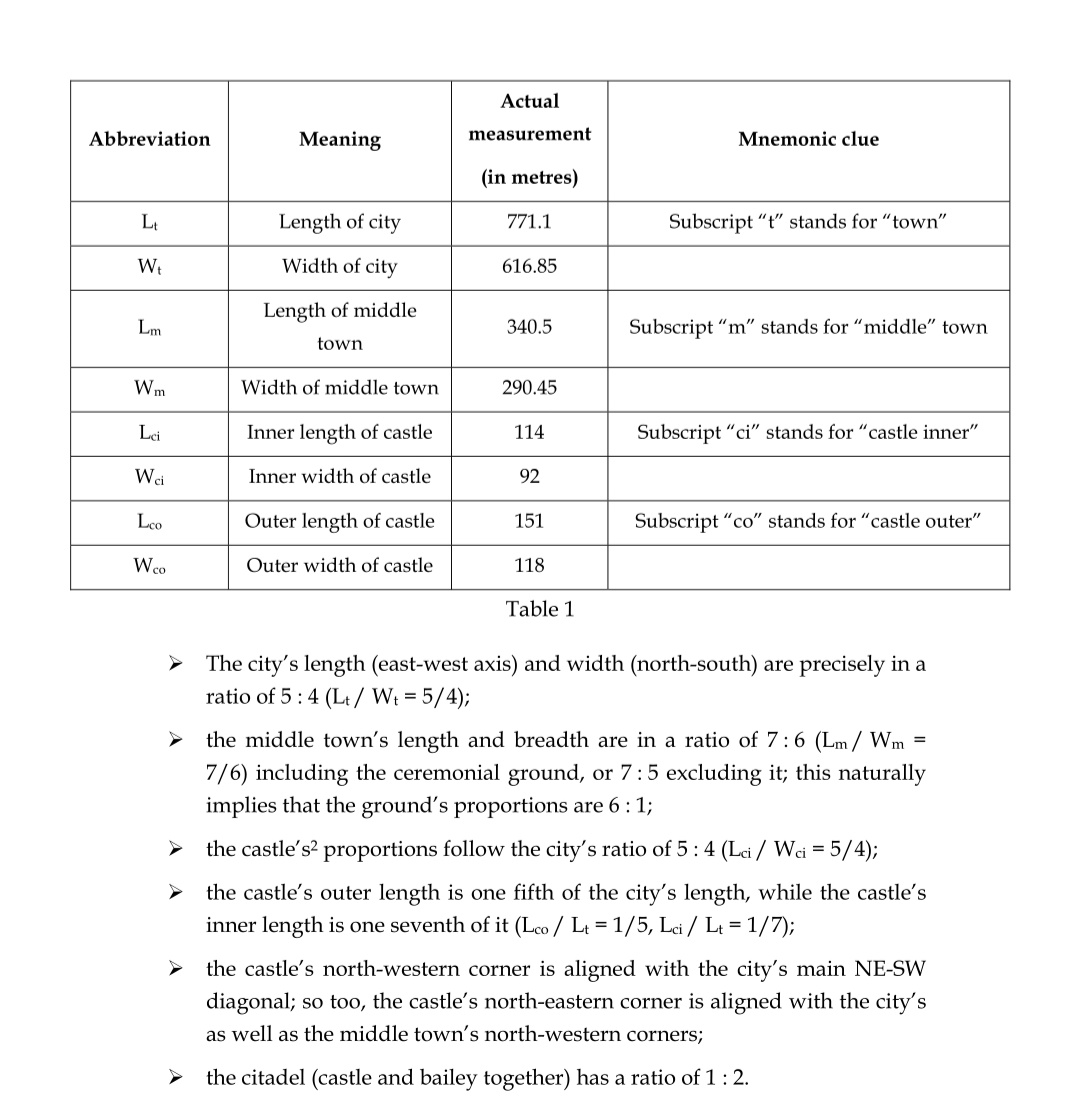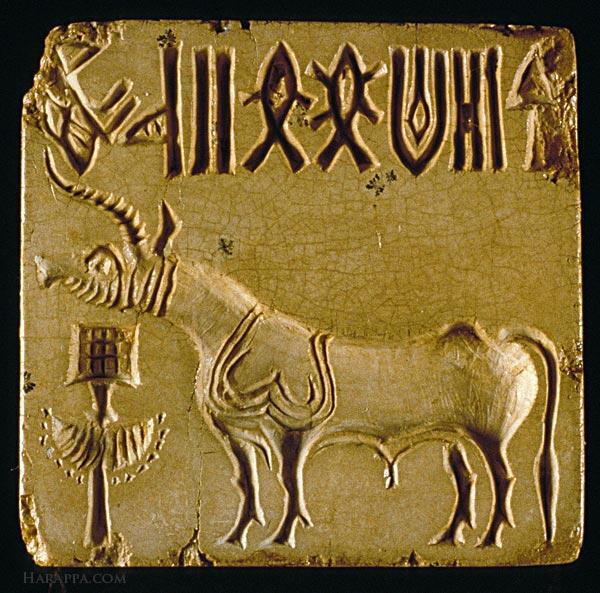
The five aspects of Śiva known collectively as the Pañchabrahmās and whose individual names are
Īśāna,
Tatpuruṣa,
Aghora,
Vāmadeva
and Sadyojāta
are emanations from the niṣkala-Śiva
Īśāna,
Tatpuruṣa,
Aghora,
Vāmadeva
and Sadyojāta
are emanations from the niṣkala-Śiva
Each face symbolising the five elements.
"Here I am only presenting the Ishana aspect of Shiva & its connection with Vedas".
"Here I am only presenting the Ishana aspect of Shiva & its connection with Vedas".

In the Shiva Purana, Ishana is described as a form or aspect of Shiva. The Purana states that Ishana bestows knowledge and riches on those with intelligence, while curbing evil-doers.
Ishana is declared to be the form of Shiva presiding over the ear, speech, sound and ether as well as the "individual soul, the enjoyer of Prakriti".
The Purana also asserts that the "Ishana Mantra" should be recited when fixing Lingams to pedestals, when wearing rudraksha beads on the head or (only for some) when wearing sacred ash.
An early mention of Ishana is in one of the Pañchabrahma Mantrāṇī found in the Taittiriya Aranyaka (TA 10.21.1)of the Krishna Yajurveda
Ishana is also mentioned in the Vajasneyi Madyandina Samhita of the Shukla Yajurveda (VS 27.35), which the Shiva Purana calls the "Ishana Mantra",though the Purana calls a different verse from the same Samhita which also mentions Ishana (VS 39.8) the "Ishana Mantra" as well.
So , it's bogus to claim Shiva is non-vedic god.
• • •
Missing some Tweet in this thread? You can try to
force a refresh







